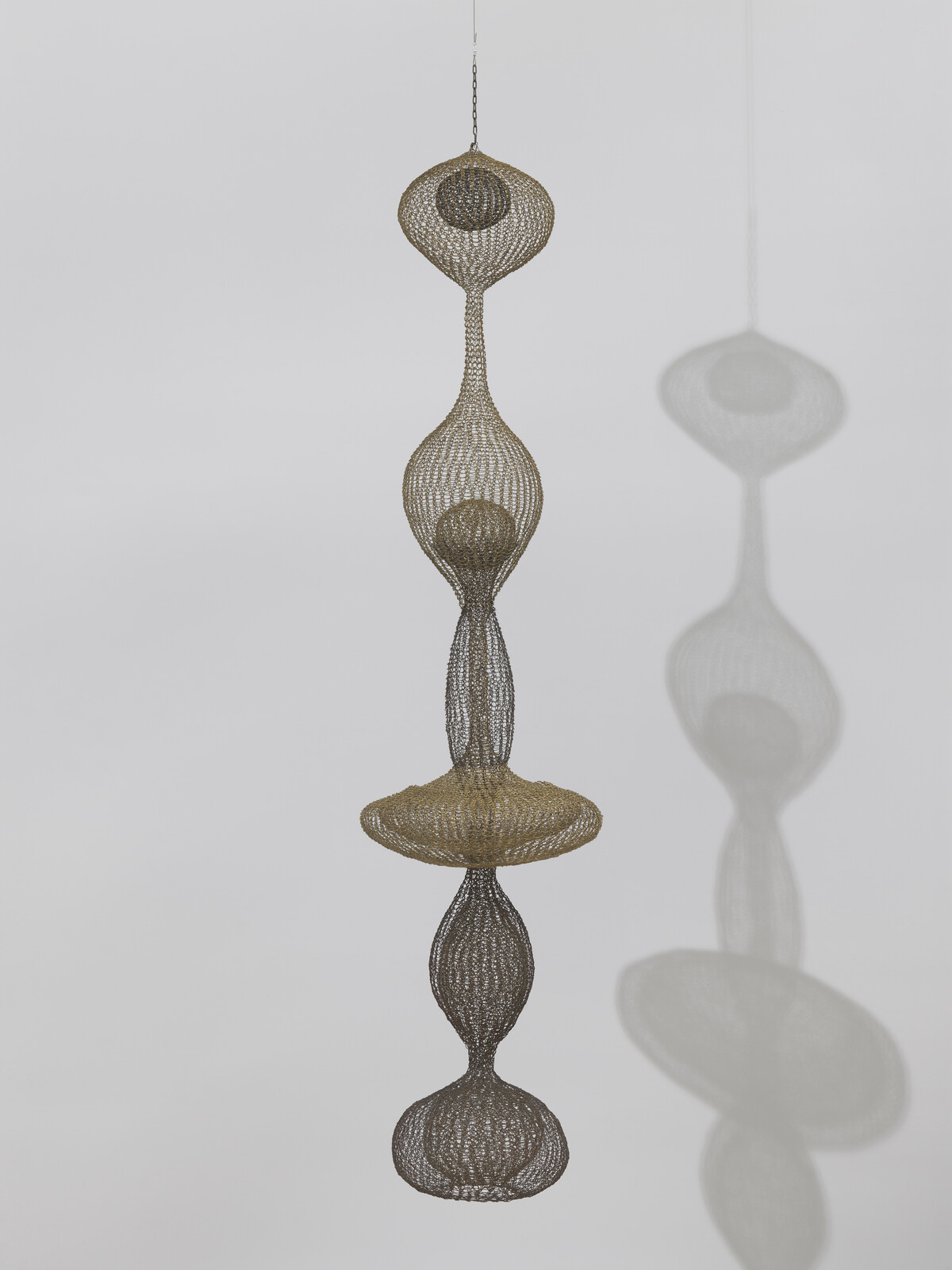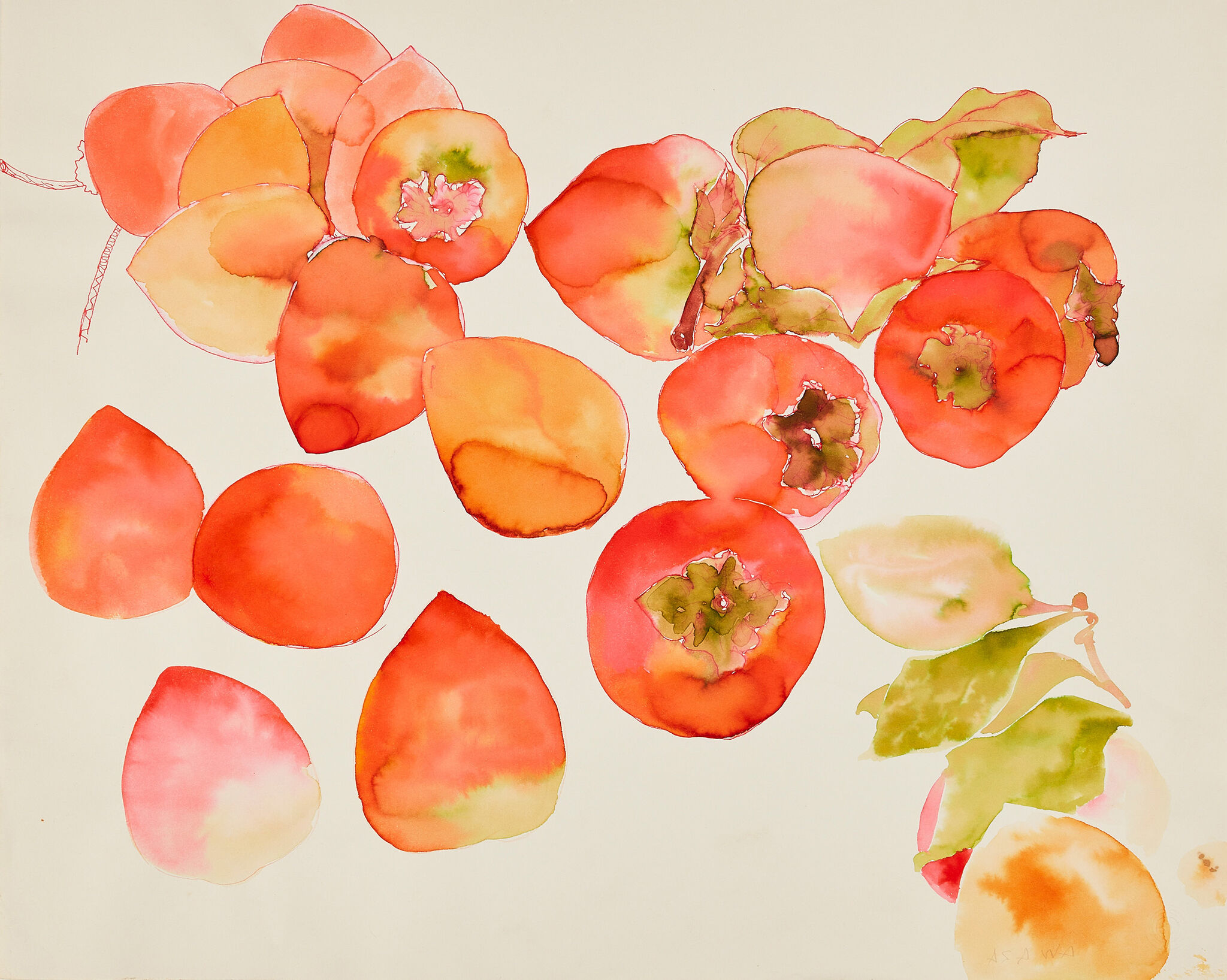Verbal Description: Untitled (LP.009, Fish), 1987
Aug 30, 2023
0:00
Verbal Description: Untitled (LP.009, Fish), 1987
0:00
Narrator: Clara Rojas-Sebesta, Ellsworth Kelly Conservator of Works on Paper.
Clara Rojas-Sebesta: This is Ruth Asawa's Untitled (LP.009, Fish) from 1987.
It's ink on Japanese paper. It's 22 by 40 inches, which is about arms-width, and we're looking at a print of a fish. The fish extends the full width of that paper. This would be a life-size impression of an actual fish in an art form called gyotaku. It's a traditional Japanese fish printing, which would have been used by fishermen to record their catch.
Narrator: The large fish’s imprint takes up the horizontal width of the paper, with its head facing left. Outside of its open mouth, there is a smudge of ink that resembles a fishing lure or tongue. The fish’s body is inked in meticulous detail against the cream-colored paper.
Clara Rojas-Sebesta: To create this work, Asawa would have inked the fish, applying the ink with a brush or a brayer or a roller. In the process of inking the fish, the ink will have collected differently across the surface. The choice of paper would have been important because it's a very thin, lightweight paper, but also very strong. Japanese paper is made out of long fibers that hold up even when they're wet, and your fish that's printed with ink would be wet. And as she's moving forward, taking the impression, the thinness of the paper allows her to see how the ink is being absorbed from the back of the paper. And we still see evidence of that process in the paper. It's quite wrinkled horizontally around all the edges of the fish, so you can see where the paper was draped over it.
In looking at this print, you see how the ink rested in the different surfaces, the crevices of the fish in different ways, and that gives us an overall gray tone with darker blacks along the right side of all the scales, creating this beautiful pattern across the surface of the fish.


